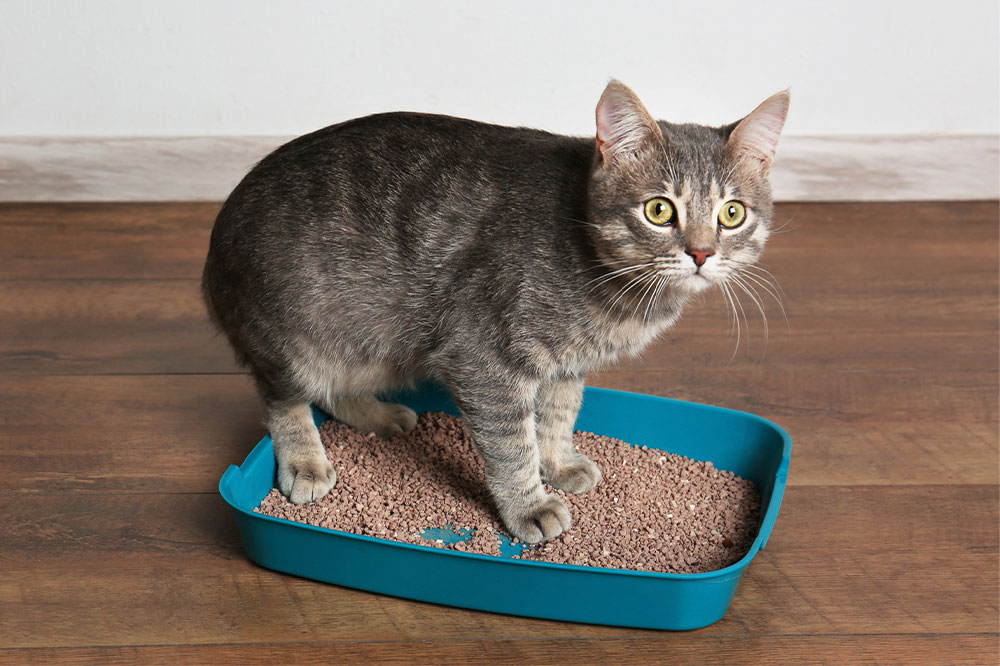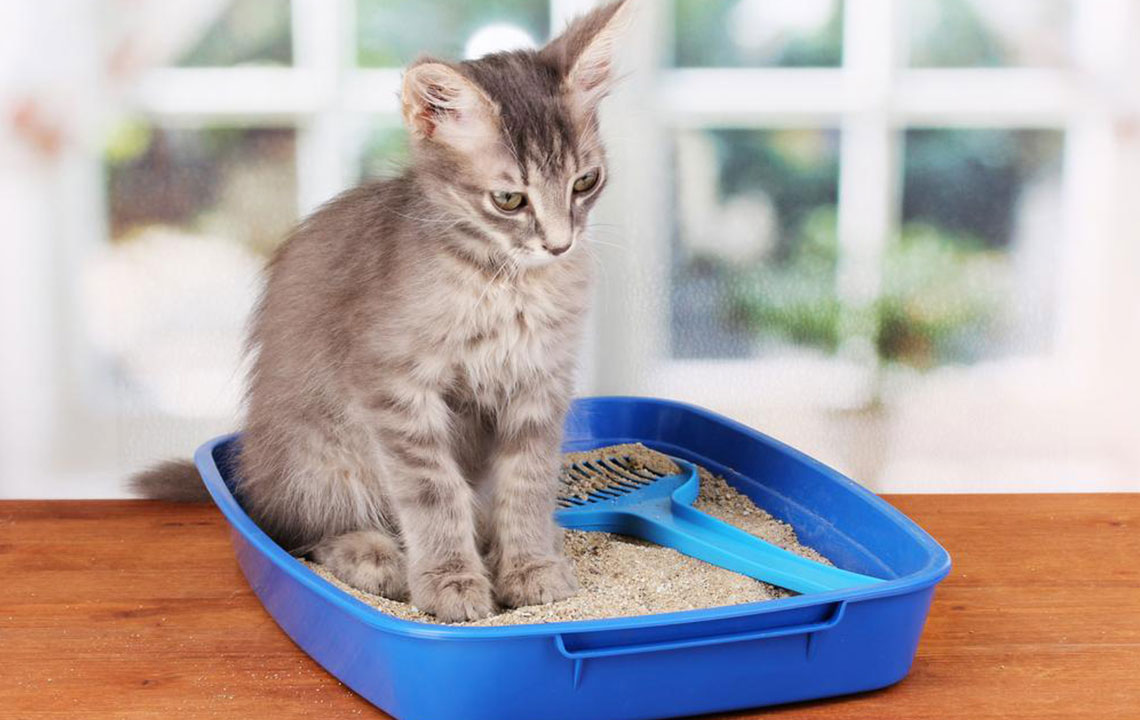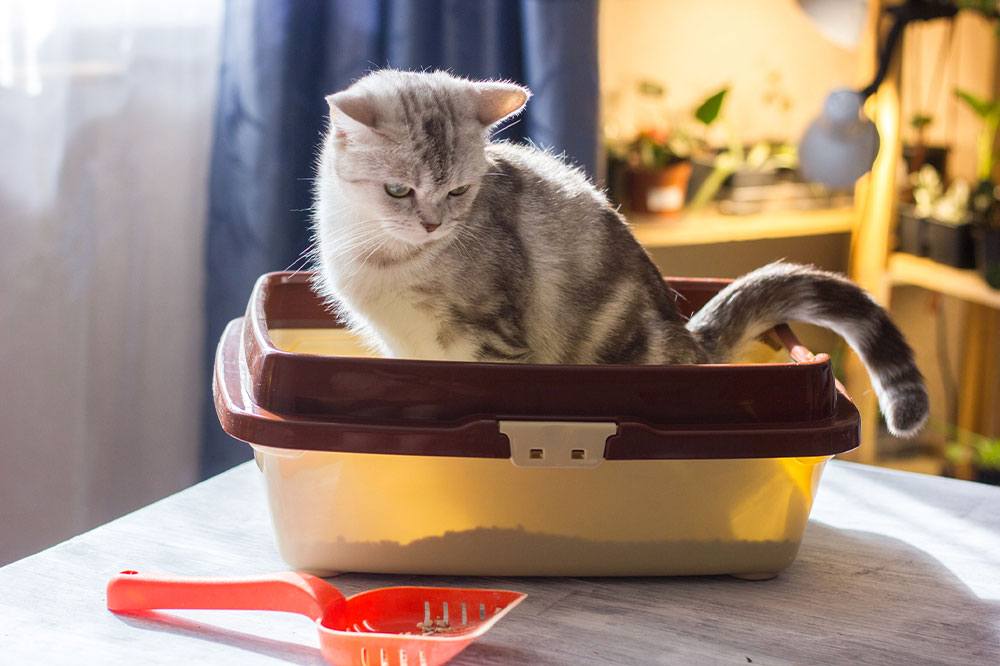Effective Solutions for Common Cat Litter Box Challenges
Discover effective strategies to troubleshoot and resolve common cat litter box issues. From health checks and proper placement to choosing the right litter and maintaining cleanliness, these tips can help ensure your feline friend uses their litter box comfortably and consistently.

Addressing Common Issues with Cat Litter Boxes
Many pet owners face frustrations when their cats refuse to use the litter box or exhibit undesirable elimination behaviors. These problems can stem from health concerns or behavioral factors. Fortunately, there are reliable strategies to help resolve these issues and encourage proper litter box habits.
Visit the veterinarian first
It’s important to rule out medical causes such as urinary infections, digestive problems, arthritis, or other health conditions that can interfere with your cat’s litter box use. The vet may suggest tests like urinalysis, stool analysis, or blood work to identify underlying health issues.
Choose the right location for the box
Ensure your cat’s privacy by placing the litter box in a quiet, low-traffic area. Avoid noisy or isolated spots like basements. Also, keep it away from their bed and food bowls to promote comfort and hygiene.
Provide multiple boxes if needed
Multiple cats require multiple litter boxes to prevent territorial disputes and stress. Ideally, each cat should have its own box, and these should be distributed across different rooms for easy access.
Maintain cleanliness
Cats are very sensitive to odors. Regularly scoop waste and wash the litter box weekly with unscented soap and water to keep it odor-free and inviting. Cleanliness encourages consistent use.
Try different types of litter
Cats can be particular about their preferred surface for elimination. Offer various options such as clumping, non-clumping, sand, or paper litter. Observe your cat’s preferences and adjust accordingly.
Note:
This blog provides practical advice across multiple topics, based on thorough research. Readers should consider the information as guidance rather than definitive solutions. The website disclaims responsibility for discrepancies or inaccuracies, and readers are encouraged to explore additional resources for the best solutions tailored to their pets.










